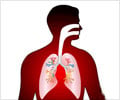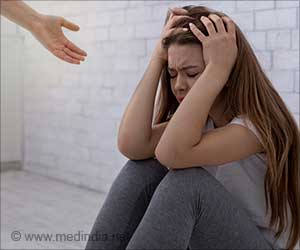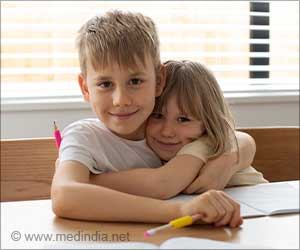World Pneumonia Day is observed every year on November 12 to raise awareness about the burden of pneumonia and spur actions to prevent children from pneumonia.
Highlights:
- World Pneumonia Day is observed every year on November 12.
- The theme for 2017 World Pneumonia Day is “Stop Pneumonia Invest in Child Health.”
- This day is observed to stand together in the fight against pneumonia.
- To raise awareness about pneumonia, the world’s leading killer of children under the age of five.
- To promote interventions to protect against, prevent and treat pneumonia
- To generate action to fight pneumonia.
Types of Pneumonia
The most common type of pneumonia are:Streptococcus pneumonia (pneumococcus)
The most common type of pneumonia, streptococcus pneumonia accounts for about 40 percent of all pneumonia deaths.
Hemophilus influenza type B
It is commonly referred to as Hib and it is the second most common cause of pneumonia deaths.
Respiratory Syncytial Virus (RSV)
This is the most common cause of childhood lung infection in the first six months of life and the most common cause of hospitalization from pneumonia.
Symptoms of Pneumonia
The symptoms of pneumonia in children under the age of five are:- Coughing and difficulty in breathing, with or without fever.
- Fast breathing or lower chest wall indrawing.
- In severe cases, some children may not be able to ear or drink and may be accompanied by unconsciousness, hypothermia, and convulsion.
Risk Factors for Pneumonia
- Weak immune system due to malnutrition or pre-existing illness such as HIV or measles.
- Environmental factors such as indoor air pollution, living in a crowded home, and second-hand smoking.
How is Pneumonia Transmitted?
- Viruses and bacteria in children’s nose or throat can be inhaled while breathing; this leads to infection of the lungs.
- Through a cough or sneeze, pneumonia may be spread via airborne droplets.
- And through blood, especially during and shortly after birth.
Global Burden of
Pneumonia
- Pneumonia claimed the lives of 920,000 children in 2015.
- Children under five die of pneumonia every minute.
- Four in every five children under the age of two die of pneumonia.
- About 170 million children have not received vaccination against pneumonia.
- It is estimated that by 2030, about 735,000 children will die of pneumonia.
- South Asian girls have 43 percent increased risk than their male counterparts.
Protecting Children from Pneumonia
Protect children from pneumonia by promoting good health practices from birth by:- Exclusive breastfeeding for six months.
- Adequate complementary feeding.
- Vitamin A supplementation.
Children can be prevented from developing pneumonia with vaccines against:
- Streptococcus pneumonia (pneumococcus)
- Hemophilus influenza type b (Hib)
- Pertussis; (whooping cough)
- Measles
Treat children with appropriate and timely treatment.
Three important steps must be highlighted to reduce pneumonia deaths:
- Recognize when a child is sick. Caregivers need to know the symptoms of pneumonia; this will help in early detection and timely treatment.
- Seek appropriate care. When a child is suspected of being infected, the second step is to seek appropriate care.
- Treat appropriately with antibiotics.
References:
- Pneumonia - The Forgotten Killer of Children - (http://apps.who.int/iris/bitstream/10665/43640/1/9280640489_eng.pdf)
- World Pneumonia Day 2017, National Health Portal - (https://stoppneumonia.org/)
Source-Medindia














